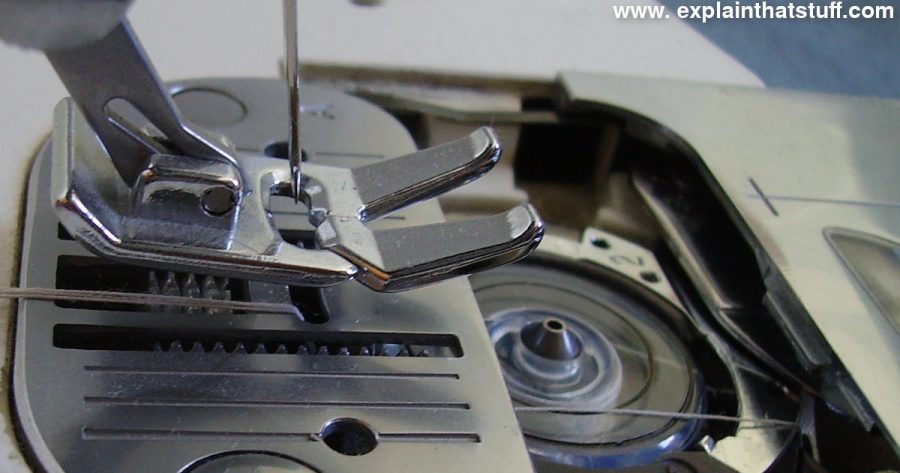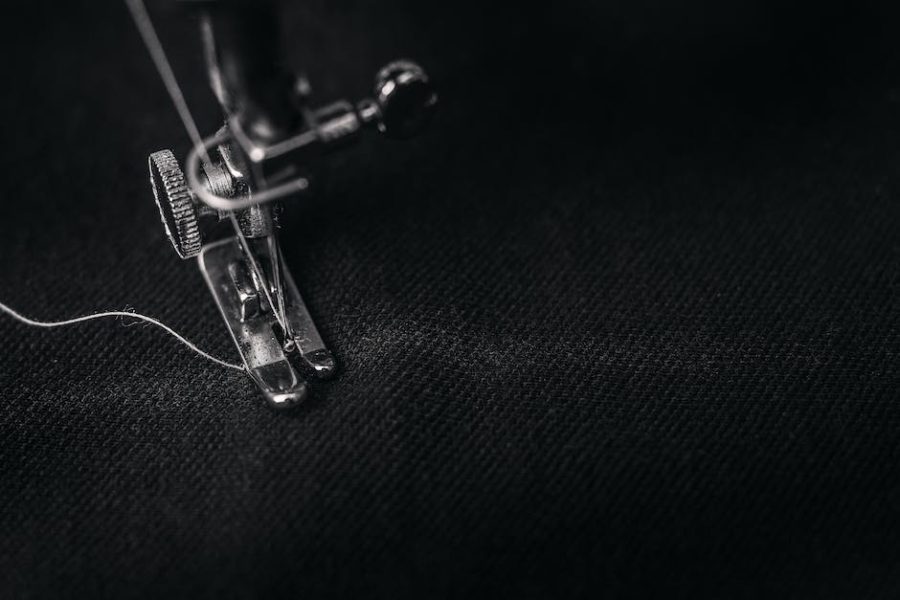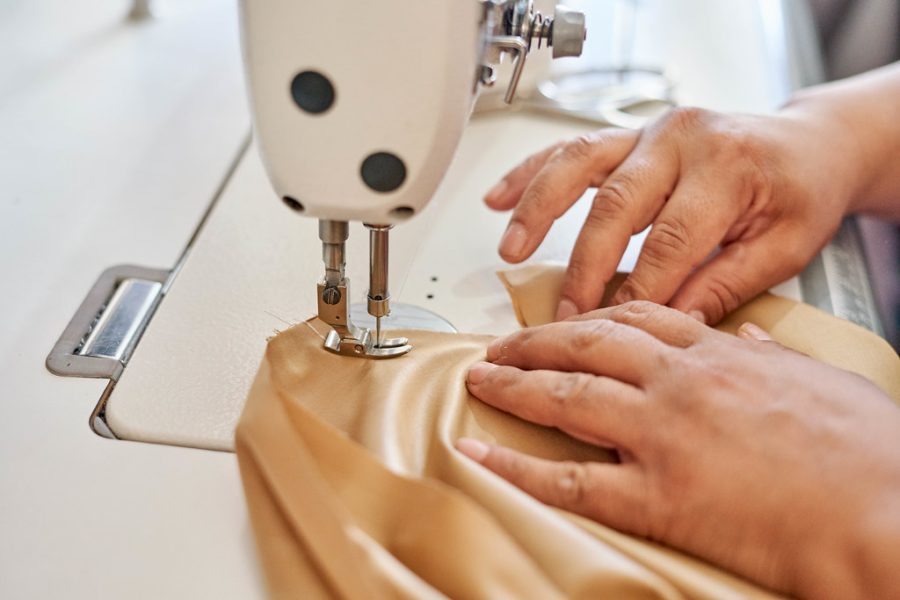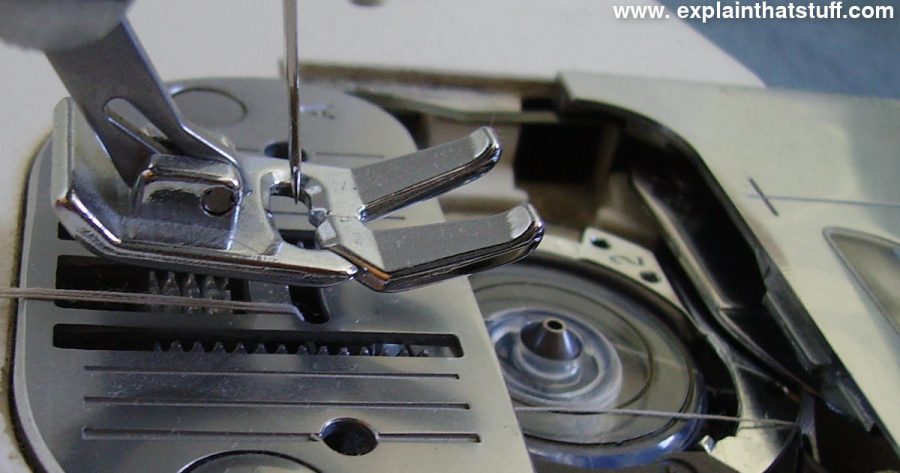When Sewing, How Do You Finish
When it comes to sewing, finishing is an essential part of the process that adds a professional touch and ensures durability to your projects. A proper finish can prevent fraying, secure seams, and give your creations that polished look. Whether you are a beginner or an experienced seamstress, here are a few key finishing techniques to consider:
1. Zigzag or Overlocking Stitch
Using a zigzag or overlocking stitch on the raw edges of your fabric is a common way to finish seams. This stitch helps prevent fraying and adds strength to the seam. Set your sewing machine to a zigzag stitch or use an overlocker/serger to sew along the edges of your fabric. Trim any excess fabric close to the stitches.
2. French Seams
French seams are ideal for lightweight fabrics as they encase the raw edges, leaving a neat finish on the inside of the garment. To create a French seam, sew the wrong sides of your fabric together with a narrow seam allowance. Trim the seam allowance, press it flat, and then fold the fabric right sides together. Finally, stitch along the seam again to enclose the raw edges.
3. Bias Binding
Bias binding is a decorative and functional way to finish raw edges. It is commonly used on curved hems or when finishing raw edges on quilts. You can purchase pre-made bias binding or make your own using bias tape makers. Sew the bias binding along the edge of your fabric, enclosing the raw edges, and then fold it over to the wrong side of the fabric and stitch it down.
4. Pinked Edges
If you don’t have access to a sewing machine or an overlocker, you can use pinking shears to finish the raw edges. Pinking shears have zigzag blades that help prevent fraying. Simply trim the raw edges of your fabric using these shears, and the zigzag pattern will minimize fraying.
5. Hemming
When it comes to finishing garment edges or curtains, hemming is a must. There are various hemming techniques you can choose from, such as blind hemming or topstitched hems. It’s important to measure and press your hems accurately before sewing, ensuring a clean and polished result.
These are just a few common finishing techniques that can elevate your sewing projects. Experiment with different options to find which one works best for your specific fabric and design. Remember, a well-finished piece not only looks more professional but also lasts longer.
Happy sewing!





You should make sure that all of your stitches are tight and secure. Great advice! Finishing your sewing properly is important to ensure a beautiful finished product. Make sure to take your time with the finishing touches and use high-quality thread and fabric to give your project a professional appearance.
Finishing your sewing work correctly can make the difference between a good and a great project. Make sure to do a neat finish, like using a blind stitch, as well as trimming threads and pressing the fabric to create a clean, professional look. #SewingTips